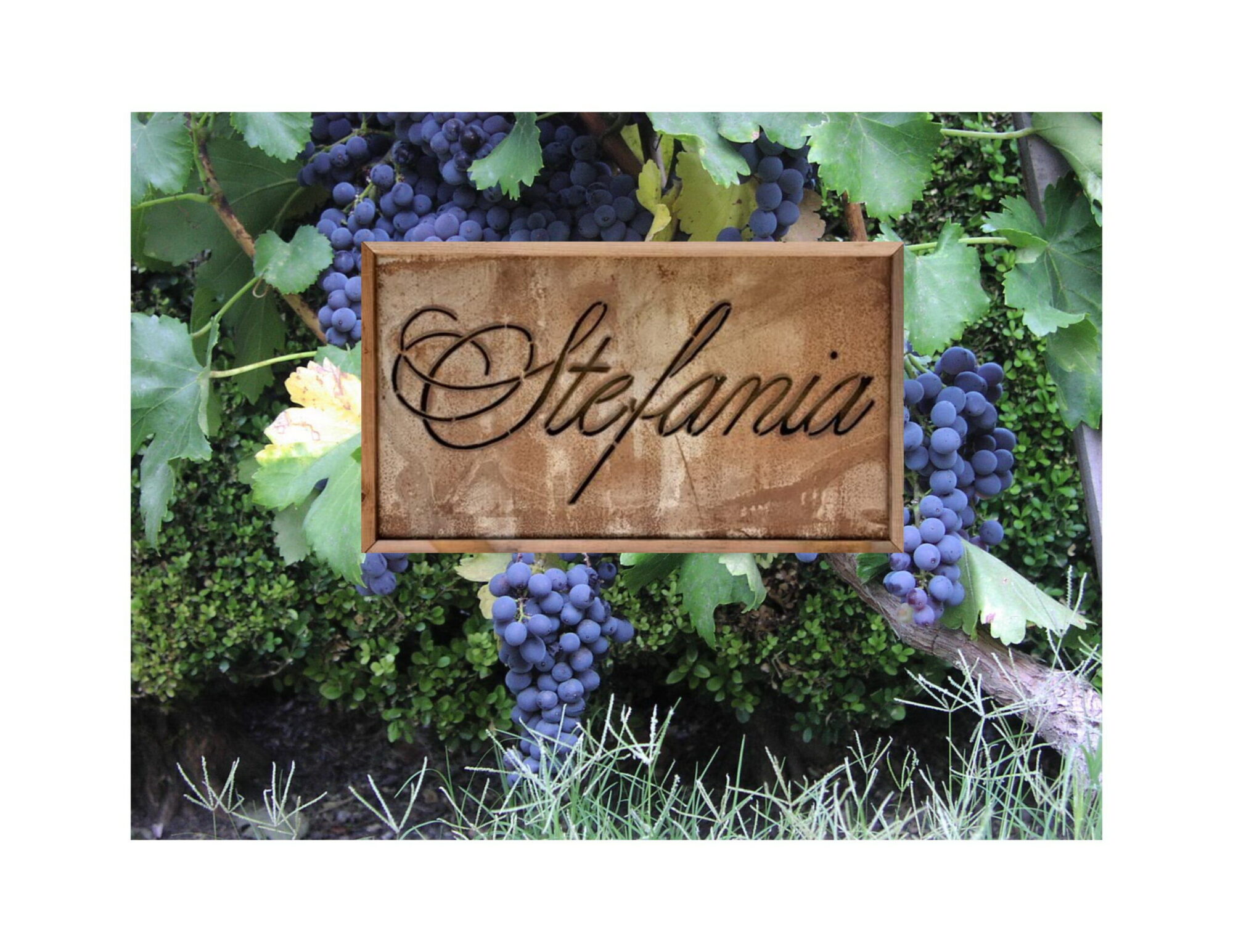We got a pretty leisurely start to the day yesterday and didn’t leave the house until 10 AM. We made a few stops on the way to the winery and picked up sandwiches for lunch at Robert’s Market. We finally arrived at the winery at 11 AM.
We’re dog sitting this week so we had a special visitor. Jazzy was a little timid at first in the winery but she got comfortable pretty fast and even spent some time chasing Sophie in the vineyard.

The way we do racking is pretty straight forward. The wine is removed from barrel and transferred into a tank. The barrels are then cleaned and left to dry. Three rinsing is usually enough to get out all the gunk that has settled to the bottom of the barrel, but I do four just to be a little extra clean. Argon is then added to the tank to protect the wine from oxygen.
During this process Stefania takes readings on sulfur present in the wine and we make any additions that are needed. She takes two readings. First Total Sulfur tells us how many parts per million (ppm) are in the wine and then she takes Free Sulfur. Free Sulfur is really the key. Sulfur will bind to oxygen at a molecular level, and once it does that it is no longer ‘free’. Free Sulfur is what kills any bacteria, so the Free reading is really key. The amount of Free Sulfur needed to keep the wine free from bacteria is related to the wines pH. The higher the pH, the more Free Sulfur is needed.

Our wines are generally lower in pH 3.4-3.6, so they need less Free Sulfur than many California wines. The tricky part in the entire thing is you can’t add Free Sulfur. You can only added total sulfur. The process of mixing the sulfur and adding it to the wine will cause some sulfur to bind with Oxygen and no longer be free. It’s a little bit of a crap shoot to get the numbers right. It may take 20ppm of free sulfur to get 10ppm of Free Sulfur or it may take 15ppm. You just don’t know until you do it.
The other tricky thing with adding sulfur is that it tends to just sit in one spot. You can’t just trickle it in, or it won’t get through the entire wine. The way I do it is to do any additions about half way through the racking. That way the process of adding the other half of the wine will mix it, and the sulfur all together.
Free Sulfur and Total Sulfur will reduce over time as the molecules bind with oxygen, so the testing and additions have to be done fairly regularly to maintain a safe and bacteria free wine. Yesterday, all our sulfur reading were in a good range, and we actually did not add any additional sulfur.
I decided to let the wine settle for a few days. Some times we will go directly from the tank, back into the barrels. This time we’ll do a long racking. That will let the wine settle for a longer time and more of the gunk / lees can settle out. When we go back into barrel in a few days, the wine will be pretty clear of any cloudiness. This will allow us to do shorter rackings in the future and avoid the need to do any fining or filtering before bottling next year.
This sounds like a lot of work, but really most of the time is spent cleaning up the barrels, floor, tanks, hoses and pump. It’s probably 4 minutes of cleaning for every 1 minute of work. The picture below is a little blurry, but this was my view most of the day. Barrels on the cleaning rack.
 We were able to take a nice break for a couple of hours and do some tasting for visitors. We finally wrapped up and headed home about 6:30 PM.
We were able to take a nice break for a couple of hours and do some tasting for visitors. We finally wrapped up and headed home about 6:30 PM.
